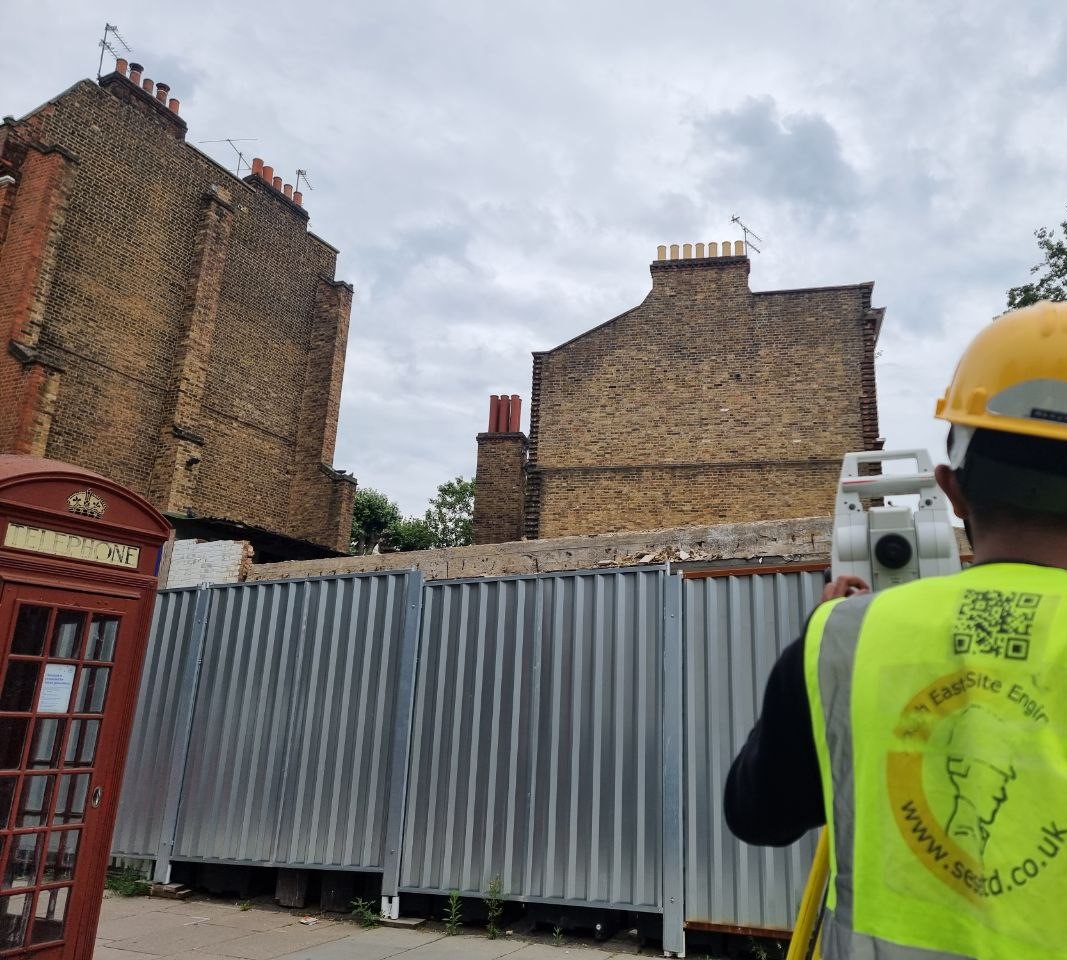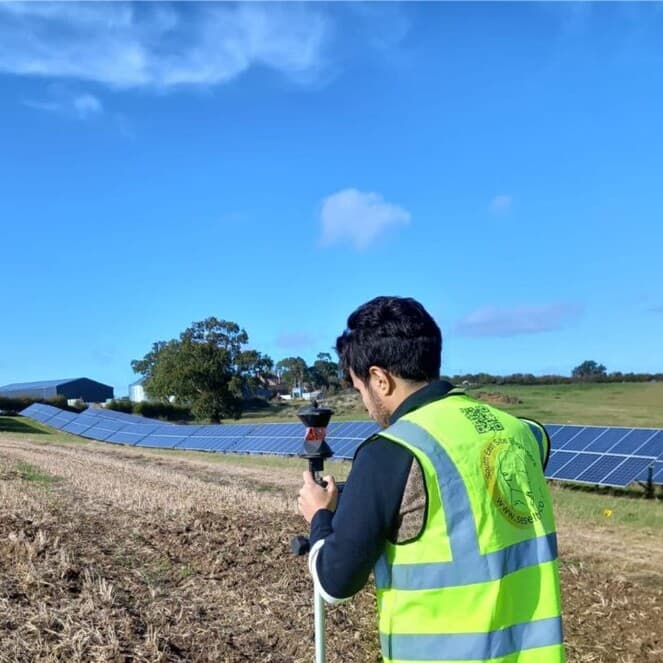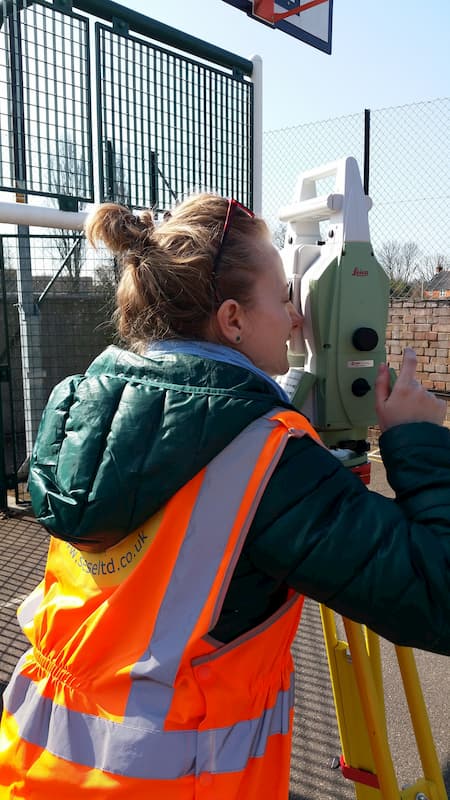The importance of fit-for-purpose building standards cannot be stressed enough now that housing development programmes are set to be reignited under our new government. With ambitious items on the agenda such as 1.5 million new homes over the next parliament and a set of planning reforms designed to accelerate building projects; we are all awaiting details of these changes with bated breath.
One thing is for sure, London’s boroughs would all benefit from a robust and unilateral structural movement monitoring policy reflective of the times we are about to enter.
The construction methods used to build, rebuild, and extend our structures today are designed to make the most of the unique infill spaces London has. Clearly, control measures have struggled at times to keep up with our modern building methods and public safety has often felt the brunt of these failures. So how do we make sure that the rate of structural failures don’t also rise significantly over the next five years?
Structural movement monitoring has become an essential practice on many modern construction projects, ensuring the safety and integrity of buildings, bridges, and other critical infrastructure utilising advanced technologies to track and analyse the movement and deformation of these structures over time.
There have been several notable incidents of structural collapses in London in recent years, highlighting the importance of better regulated construction practices, particularly around basements, piling, refurbishment and extension projects.
The 2020s have seen a significant number of collapses and partial collapses of buildings undergoing construction work, in a city where temporary housing is already extremely overstretched. These include two multimillion-pound houses in Durham Place, Chelsea that collapsed while undergoing basement work with around 40 neighbours having to be evacuated as a precaution. Last year, a building on Stoke Newington High Street had parts of its roof and scaffolding fall onto the pavement, narrowly missing pedestrians, causing significant disruption and the evacuation of around 20 people from nearby properties. There was also a terrace house collapse in Honor Oak Park, Lewisham again resulting in the evacuation of several properties. This is just to name a few.
For over 21 years now, our team of civil engineering surveyors has helped identify potential failures through structural monitoring; the last one being just this morning with a 7mm movement recorded on the top floor of a four-storey West London building.
From tight infill sites and changing below ground conditions, to aging structures and complex build needs. Below are seven areas where we believe contractors and developers benefit from structural movement monitoring within London’s ever-changing landscape.
1. Enhanced Safety
As safety is paramount on any construction project, structural movement monitoring helps in the early detection of potential issues such as foundation settlement, sink holes, and material fatigue. By identifying these problems early, preventative measures can be taken to avoid catastrophic failures, protecting both lives and property.
2. Cost Savings
While implementing a structural monitoring system may seem like a significant upfront expense, it can lead to substantial cost savings in the long run. Early detection of structural issues allows for timely maintenance and repairs, which are generally less expensive than major and complete rebuilds after significant failure. Avoiding such failures also means avoiding the associated costs of downtime and legal liabilities.
3. Prolonged Structural Lifespan
Regular monitoring can significantly extend the lifespan of a structure. By continuously assessing the health of a building, bridge or similar structure, maintenance can be performed when needed, preventing minor issues becoming major problems. This proactive approach helps ensure that structures remain safe and functional for longer.
4. Improved Design and Construction Practices
Data collected from structural movement monitoring provides invaluable feedback for engineers, planning officers and architects. Understanding how structures behave under various conditions allows for the refinement of planning permission, building design and construction practices. This knowledge can lead to the development of more resilient structures in future by incorporating lessons learned from past projects.
5. Real-Time Data and Predictive Maintenance
Our recent presentation on The Benefits of Automated Movement Monitoring at The Excel London’s Digital Construction Week helped demonstrate how modern structural movement monitoring systems can include real-time data collection and analysis. This capability allows for an immediate response as and when issues emerge. Additionally, the data can be used to develop predictive maintenance schedules, optimising the timing of interventions to prevent issues before they become critical.
6. Public Confidence
For public buildings and infrastructure, structural movement monitoring can help maintain public confidence; as knowing that a building, bridge or tunnel is being monitored can reassure the public of its safety while maintaining its use.
7. Environmental Impact
By extending the lifespan of structures and optimising maintenance schedules, structural movement monitoring contributes to sustainability. By reducing the need for repairs or replacements we have less material waste and a lower environmental impact associated with construction activities.
Structural movement monitoring is a vital tool for London’s unique range of building projects, providing numerous benefits that range from enhanced safety and cost savings to improved design practice, regulatory compliance and various other public considerations.
Structural movement monitoring systems will eventually become an integral part of most construction and maintenance processes within our built environment right across the country, as embracing these technologies not only protects local investments but also ensures the safety and longevity of the structures we have come to depend on.
For more about how we can help implement movement monitoring standards on your construction project visit our structural movement monitoring page or call us now on 020 72 78 07 78.





